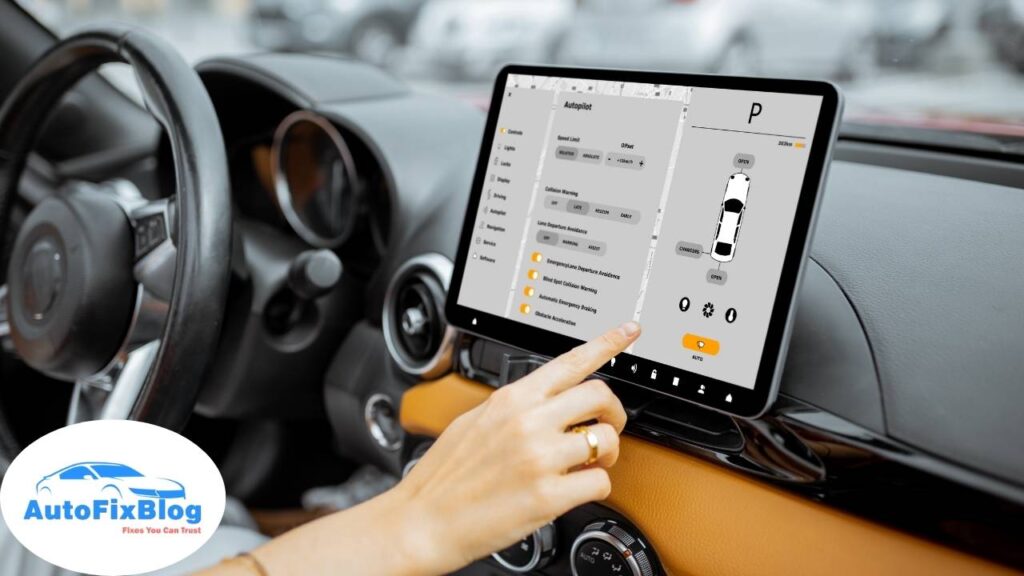Resetting your car’s computer by disconnecting the battery is a straightforward and often effective way to clear error codes, recalibrate settings, and address minor issues with your vehicle’s systems. However, there’s more to the process than simply unplugging the battery. Understanding how long to leave the battery disconnected and why it matters can help ensure you achieve the desired results without causing unintended issues.
Why Reset Your Car’s Computer?
Your car’s computer, commonly referred to as the ECU (Electronic Control Unit) or PCM (Powertrain Control Module), monitors and controls various systems, including engine performance, transmission, emissions, and more. Resetting it can be beneficial for several reasons:
- Clear Error Codes: Resolve minor glitches or false alarms triggering the check engine light.
- Recalibrate Sensors: Reinitialize sensors like throttle position, fuel mixture, or idle control.
- Improve Performance: Remove outdated settings after repairs or modifications.
Resetting the ECU is often a troubleshooting step when resolving issues like poor fuel economy, rough idling, or unexpected warning lights.
How Long Should You Leave the Battery Disconnected?
The general consensus is to leave the battery disconnected for 15 to 30 minutes to reset the car’s computer effectively. However, the exact time required may depend on factors like your vehicle’s make and model and how long the residual power in the system lasts.
Key Factors to Consider:
- Capacitors in the ECU: Some cars have capacitors that retain power even after the battery is disconnected. It may take longer to drain this residual power.
- Older Models vs. Newer Models: Older cars often reset more quickly than newer ones with complex electrical systems.
- Manufacturer Recommendations: Consult the owner’s manual or manufacturer guidelines for specific instructions.
Step-by-Step Guide to Resetting a Car Computer
1. Prepare the Car
- Park the car on a level surface and engage the parking brake.
- Turn off the ignition and remove the key to prevent any electrical activity.
2. Disconnect the Battery
- Locate the car battery under the hood.
- Use a wrench to loosen the negative (-) terminal first and disconnect it. Follow by loosening the positive (+) terminal if necessary.
- Keep the negative cable safely away from the terminal to avoid accidental reconnection.
3. Wait for 15-30 Minutes
- Allow enough time for the ECU to lose its stored power and reset. For newer vehicles, waiting closer to 30 minutes may be necessary to ensure a full reset.
4. Drain Residual Power (Optional)
To speed up the process, you can drain residual power by:
- Pressing and holding the brake pedal for 30 seconds.
- Turning the car’s headlights on (if they still function with the battery disconnected).
5. Reconnect the Battery
- Reattach the positive (+) terminal first, followed by the negative (-) terminal. Tighten both connections securely.
6. Start the Car
- Turn the ignition key to the “ON” position and wait a few seconds before starting the engine.
- Allow the engine to idle for 5-10 minutes to let the ECU recalibrate its settings.
What to Expect After Resetting the Computer
Once you reconnect the battery and start the car, the ECU will begin to relearn various parameters. Here’s what might happen:
1. Relearning Process
- The ECU will gather data from sensors to optimize engine performance, fuel economy, and emissions.
- You might notice changes in idle speed or throttle response during this period.
2. Loss of Stored Settings
Resetting the computer will erase some stored data, such as:
- Radio presets and clock settings.
- Saved seat and mirror positions (in some vehicles).
- Historical diagnostic trouble codes (DTCs).
3. Drive Cycle for Full Calibration
For a complete reset and recalibration, drive the car under varying conditions (city and highway) for about 50-100 miles. This helps the ECU adapt to your driving habits and optimize system performance.
When to Reset the Car Computer
Resetting the car’s computer is helpful in the following scenarios:
- After Repairs: Clear codes and recalibrate settings after replacing sensors, spark plugs, or other engine components.
- Resolving Minor Issues: Fix glitches causing warning lights or unusual behavior.
- Performance Modifications: Reset the ECU to adapt to new parts like cold air intakes or exhaust systems.
- Failed Emissions Test: Reset the system to address emissions-related issues before re-testing.
Potential Risks of Disconnecting the Battery
While resetting the ECU can be beneficial, it’s not without potential downsides:
- Loss of Advanced Features: Newer cars with sophisticated infotainment or safety systems may require reprogramming after a reset.
- Relearn Time: The car may perform suboptimally during the relearn period, especially if driven aggressively.
- Check Engine Light Still On: Resetting the ECU won’t resolve underlying mechanical issues causing warning lights.
Pro Tip: If the check engine light persists after a reset, use an OBD-II scanner to diagnose the root cause.
Alternatives to Disconnecting the Battery
If you’re hesitant to disconnect the battery, here are alternative methods to reset the ECU:
1. Use an OBD-II Scanner
An OBD-II scanner can clear diagnostic trouble codes (DTCs) and reset the ECU without battery disconnection.
- Plug the scanner into the OBD-II port under the dashboard.
- Follow the scanner’s instructions to reset codes.
2. Remove the ECU Fuse
Instead of disconnecting the battery, you can remove the ECU fuse from the fuse box. This method avoids losing other settings like radio presets.
3. Professional Assistance
For advanced systems or persistent issues, consider taking the car to a certified mechanic or dealership.
Resetting your car’s computer by disconnecting the battery is a simple yet effective method for addressing minor glitches, clearing error codes, and recalibrating systems. Leaving the battery disconnected for 15-30 minutes is generally sufficient, but this can vary based on your vehicle’s specifications. By following the outlined steps and precautions, you can safely reset the ECU and ensure optimal performance. If issues persist, don’t hesitate to consult a professional for further assistance.



